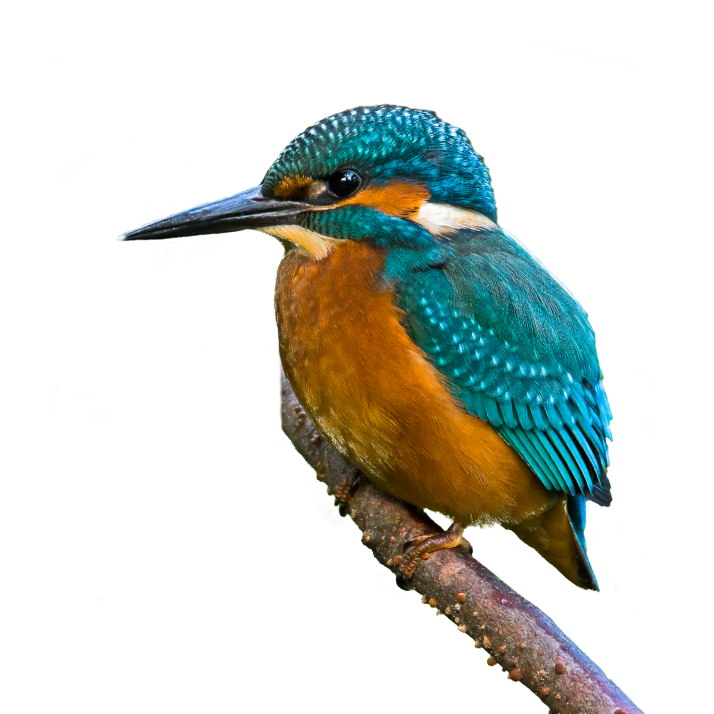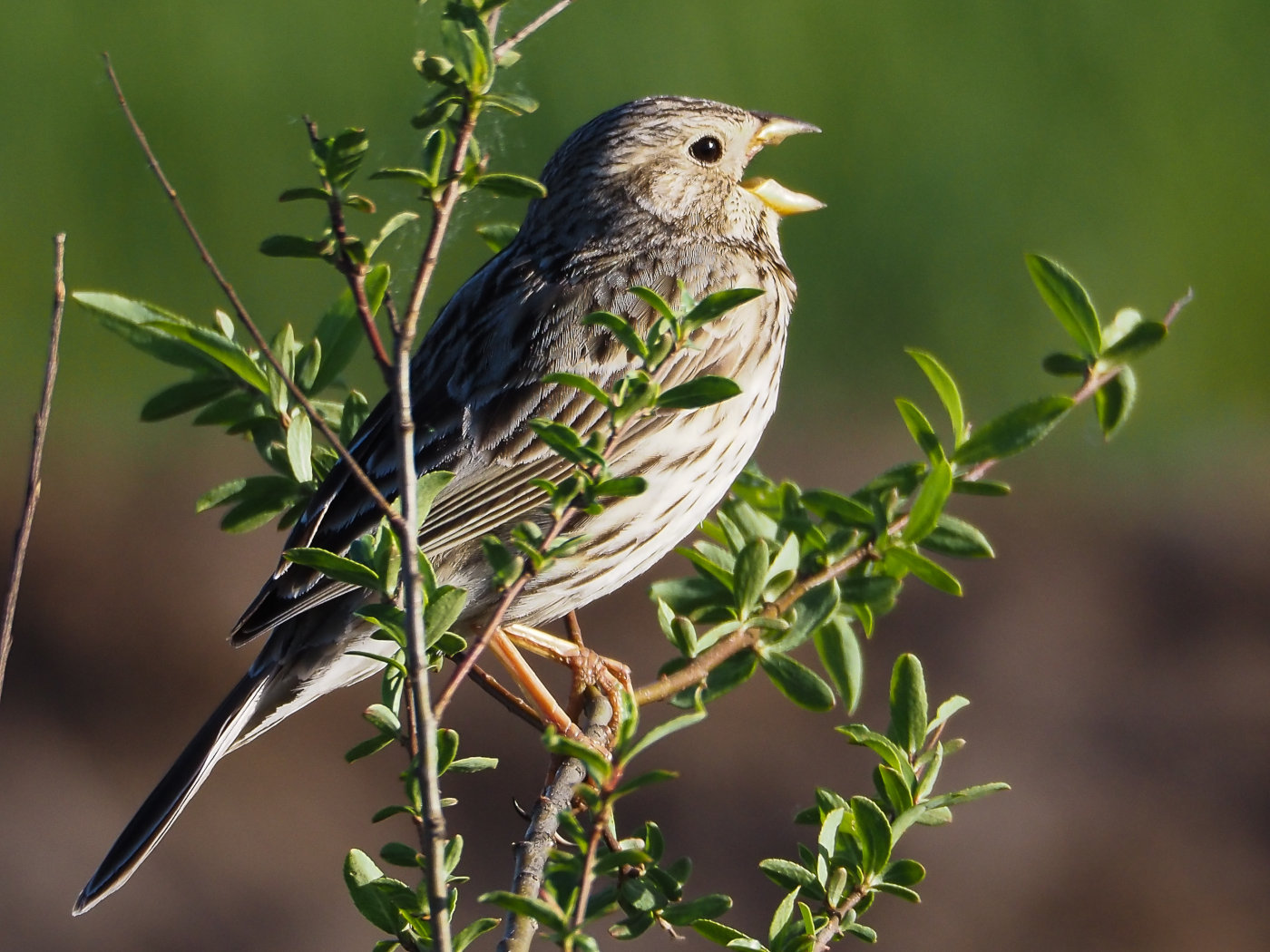Academy of Nature in Roztocze

A passion for birdwatching combined with an excellent knowledge of the terrain ensures an exciting experience every morning. Active rest in the fresh air in a group of several people is an opportunity to establish mutual relations and get to know the unique nature of Roztocze.
RegisterEnjoy bird watching with the Academy of Nature in Roztocze
Bird watching in the morning is a real emotion and positive energy for the whole day. Birdwatching combined with cycling gives wings to the mind and body. This elite hobby is achievable for all of us.
Upcoming expeditions
We offer trips Bird & Bike and Bird & Car, which provide observations of the most interesting species of birds living in Roztocze. The offer is constantly modified and takes into account changes in the number of individual bird species related to their biology and current environmental conditions.

Birds' morning in the forest 18.04

Bird spring in Roztocze 19.04

Bird spring in Roztocze 20.04

Bird spring in Roztocze 21.04

Birds' Morning in the Meadow 22.04

Birds' Morning in the Meadow 23.04
News from Roztocze
Waxwing- winter visitor
Waxwing (Bombycilla garrulus) is a beautifully colored bird that comes to Poland for the winter. It appears in late fall and flies away in March or April. Waxwings live in the taiga in the vast coniferous and mixed forests of the Scandinavian countries and breed there one brood a year. At the top of the waxwing head there is a distinct triangular tip made of gray-brown feathers, which is like an extension of the forehead. Both males and females are similarly velvety in color. These birds live in herds of several dozen. Their presence reveals a characteristic sound, similar to bells. As the name suggests, this bird eats mainly mistletoe fruit, but it eagerly eats other fruits (rowan, hawthorn, privet, blackthorn, rosehip, snowball, buckthorn, juniper, yew, guelder rose). Usually, we can observe how these birds sit a dozen or so on one branch and eat mistletoe fruits. Digestion of the swallowed whole fruit is shortened and undigested food remnants (including seeds) are excreted, which contributes to the dispersal of seeds from various plants. They can often be watched when they drink water from rivers, and when most of the water is frozen, they eat snow. In Roztocze, waxwings are observed every year, mainly at the end of winter, and are a great attraction for birdwatchers.
Wintering Long-eared Owls (Asio otus)
Long-eared Owls are the only owls to winter in groups. In the winter, they create collective roosts, numbering from a few to a dozen, and sometimes even more individuals. In Poland, individuals from the north of the country overwinter in areas further south, although this is not a rule. The largest concentrations of wintering Long-eared Owls in Europe can be seen in Serbia (Kikinda), where once as many as 165 Long-eared Owls were observed on one tree. For this reason, Kikinda is the world capital of these owls, and there is a huge fine for disturbing these birds. The phenomenon of group wintering of Long-eared Owls is poorly understood, because this bird is nocturnal, is poorly detectable and has a complicated ecology. It is easiest to find wintering grounds in city parks, cemeteries, housing estates and on various types of properties and in gardens with groups of trees. Usually, these owls perch on the branches closer to the trunk, mainly on spruces, sometimes on thujas. I once observed 7 Long-eared Owls on one willow. Long-eared Owls fly out of roosts to feed at dusk to nearby fields, forest edges bordering meadows, wastelands and mid-forest clearings. They feed mainly on voles which they hunt in open areas. The Long-eared Owl, like most owls, does not digest bones or hair of prey and regurgitates the undigested remains of prey in the form of pellets after a meal. Thanks to this, it is easy to identify the roosting places of this owl. Meeting and observing numerous Long-eared Owls during the day is an amazing emotion and great joy for every birdwatcher.
Merry Christmas
Dear Friends, Ladies and Gentlemen, Residents of Zwierzyniec!
On the occasion of the upcoming Christmas, the Academy of Nature in Roztocze wishes all lovers of birds and nature in Roztocze. May this magical time pass in health, joy and good meetings not only with loved ones but also in the field. For the New Year, we wish every birdwatcher, nature observer and naturalist. May there be enough time, courage and money to set off into the field, even remote and unknown, for new "bird discoveries".
Merry Christmas and Happy New Year!
Feeding birds in winter
How to feed the birds?
The time has come to help the birds find food in winter, as the temperatures have dropped considerably and there is already snow here and there. How should it be done? Here are some rules:
- The place for the feeder should be sheltered from the wind, inaccessible to predators (cats, sparrowhawks),
- The person making the decision about feeding the birds must do it systematically until spring, because the birds are getting used to it,
- The feeder, if last year's feeder and not new one, should be cleaned and disinfected so as not to spread diseases among the birds
- The best food for birds is: sunflower seeds, seeds of other oil plants, crushed nuts (unsalted), fat balls with grains or lard (only unsalted and fresh)
- Birds also drink, you can put a small drinker with clean water in the feeder.
- Bird food should be dry and fresh, remove spoiled or moldy food from the feeder
- Some birds like fruit, you can give sliced apple pieces (scythes, squeaky flowers)
- Bread and leftovers from the kitchen etc. are toxic to all birds.
I encourage you to feed our winged friends, because the joy of watching birds at the feeder is the best addition to your morning coffee and a happy start to each day.





